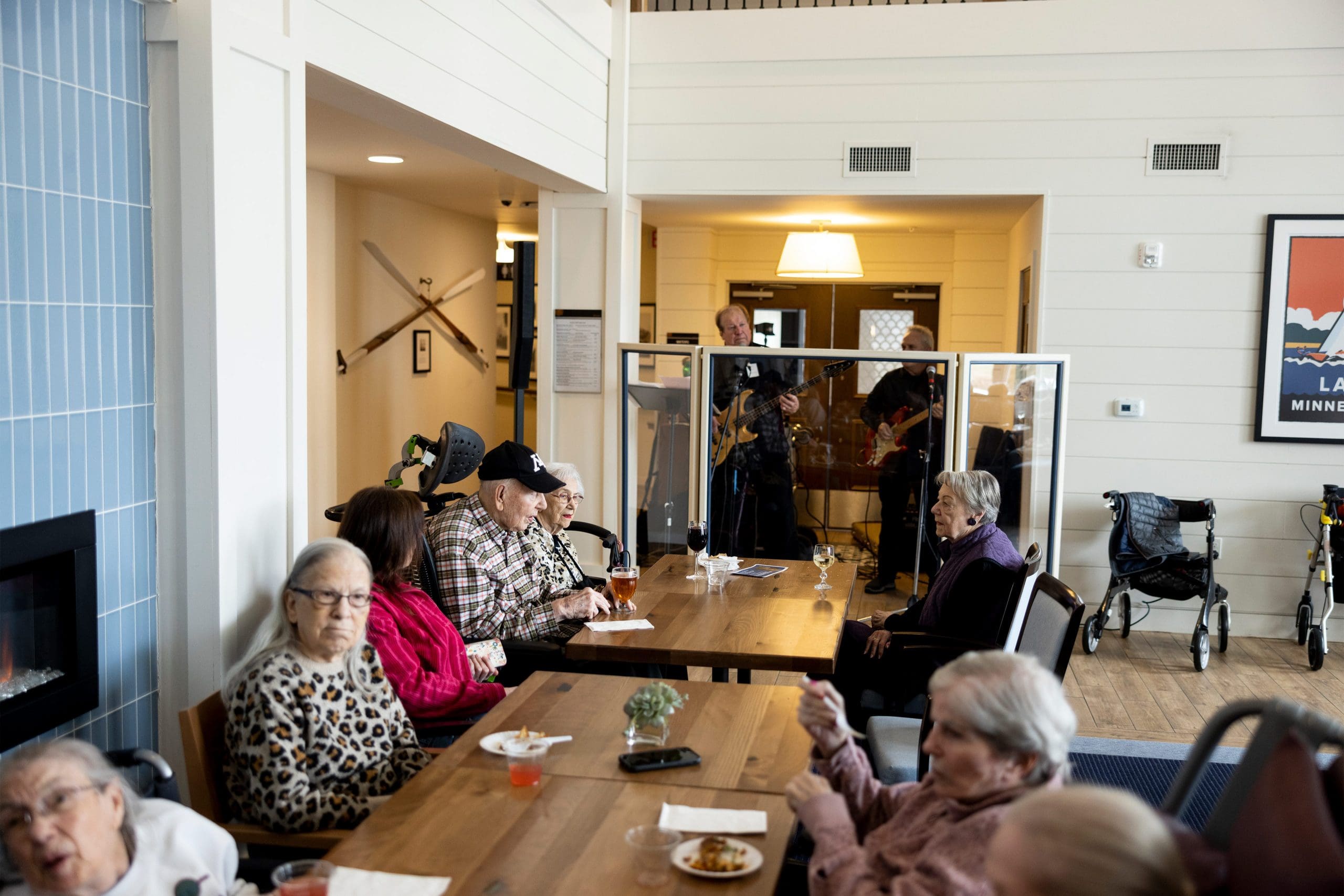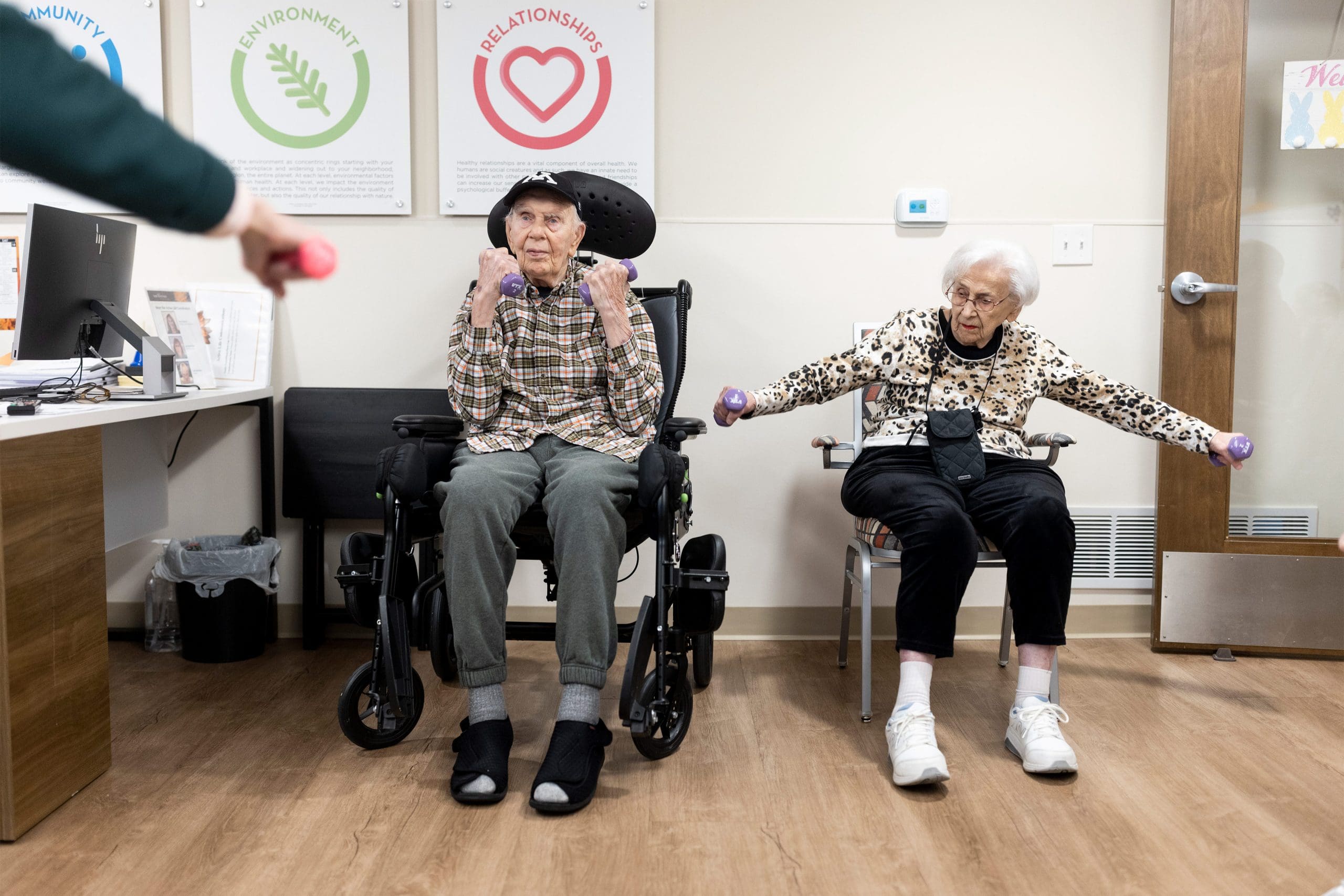Health
What to Know About Assisted Living Facilities: A Guide for Older Americans


Assisted Living vs. Nursing Home: Understanding the Difference
Confused about the difference between assisted living facilities and nursing homes? Assisted living facilities are for those who can no longer live independently but don’t require full-time medical supervision. They are staffed with aides who provide assistance with daily tasks and needs. Nursing homes, on the other hand, provide round-the-clock medical care for those with more severe health issues.
Assisted Living: The Basics
Assisted living facilities can range from luxury apartments to modest group homes. They offer services such as help with bathing, dressing, and medication management. Meals, activities, and housekeeping are usually provided. While some facilities have trained nurses on-site, it is not a requirement in many states.
Costs of Assisted Living
The monthly costs of living in an assisted living facility can range from $3,000 to $12,000 or more. Charges are typically broken down into rent and a care plan. The cost of the care plan is based on the level of assistance residents need. It’s important to ensure that the facility’s assessment accurately reflects the resident’s needs to avoid unexpected price increases.
What Charges to Expect
In addition to monthly costs, assisted living facilities may have nonrecurring initial charges and extra fees for services such as nurse visits, cable television, or other forms of assistance. It’s crucial to ask about these charges upfront and clarify what is included in the care plan. Some facilities may even charge more if residents get medications from a pharmacy other than their preferred one.
Choosing the Right Payment Method
Facilities may offer different payment options, such as a set monthly amount or billing for each service. Those who prefer predictability in their monthly bill may opt for all-inclusive or tiered pricing. However, if residents require only sporadic assistance, an à la carte pricing model may be more suitable. It’s important to consider future needs and the possibility of transitioning to the assisted living section for more comprehensive care.
Planning for Increased Frailty
As residents age and become frailer, the cost of care plans can double or triple. It’s essential to understand what causes price increases and be realistic about what can be afforded. Additionally, it’s crucial to ensure that the facility can provide the necessary level of care as residents' needs evolve. Some facilities may require residents to move out if their needs exceed what the facility can provide.
Financial Considerations
If residents run out of money, they may be forced to leave the facility. Most assisted living facilities are for-profit and have no legal obligation to keep indigent residents. While some facilities accept Medicaid, it typically does not cover rent at assisted living facilities. However, some states or counties may provide assistance for housing costs to those with little savings and retirement income. It’s worth exploring these options with local agencies.


Evaluating Facility Quality
When visiting potential facilities, it’s important to look beyond fancy amenities and focus on the quality of care. Ask about the resident-to-aide ratio, the presence of licensed nurses, and the turnover of the facility's administrators. Nonprofit or for-profit ownership does not necessarily indicate better or worse quality, as there are good and bad facilities under both categories.
Getting Help
Consumer groups and long-term care ombudsmen can provide guidance and assistance in finding the right facility. Local Area Agencies on Aging can also help with understanding financial options and locating suitable facilities. State licensing agencies may have inspection reports available online, which can provide insight into a facility's history of infractions.
Remember, planning ahead and starting the search early can help ensure a smooth transition to assisted living and peace of mind for both residents and their families.


Hey there! I’m William Cooper, your go-to guy for all things travel at iMagazineDaily. I’m 39, living the dream in Oshkosh, WI, and I can’t get enough of exploring every corner of this amazing world. I’ve got this awesome gig where I blog about my travel escapades, and let me tell you, it’s never a dull moment! When I’m not busy typing away or editing some cool content, I’m out there in the city, living it up and tasting every crazy delicious thing I can find. Join me on this wild ride of adventures and stories, right here at iMagazineDaily. Trust me, it’s going to be a blast! 🌍✈️🍴







